The studio bass players who played on all your favorite ’70s hits
The 1970s was a golden era for music, birthing countless hits that remain timeless. Yet, behind these iconic tunes were the studio bass players who laid the foundation for these masterpieces.
These musicians, often out of the spotlight, crafted bass lines that defined the sound of the decade. Their influence is still felt today, as many modern genres owe their grooves to these unsung heroes of the ’70s music scene.
The Role of Studio Bass Players in the Music Industry

Studio bass players of the ’70s were integral to the recording process, providing a rhythmic backbone that held songs together. They were versatile, shifting between genres with ease, whether it was funk, rock, or disco.
These musicians were the silent architects, adapting their style to suit the mood and feel of each track. Without their expertise, many classic songs might not have had the same impact or longevity.
James Jamerson: The Motown Magic Maker
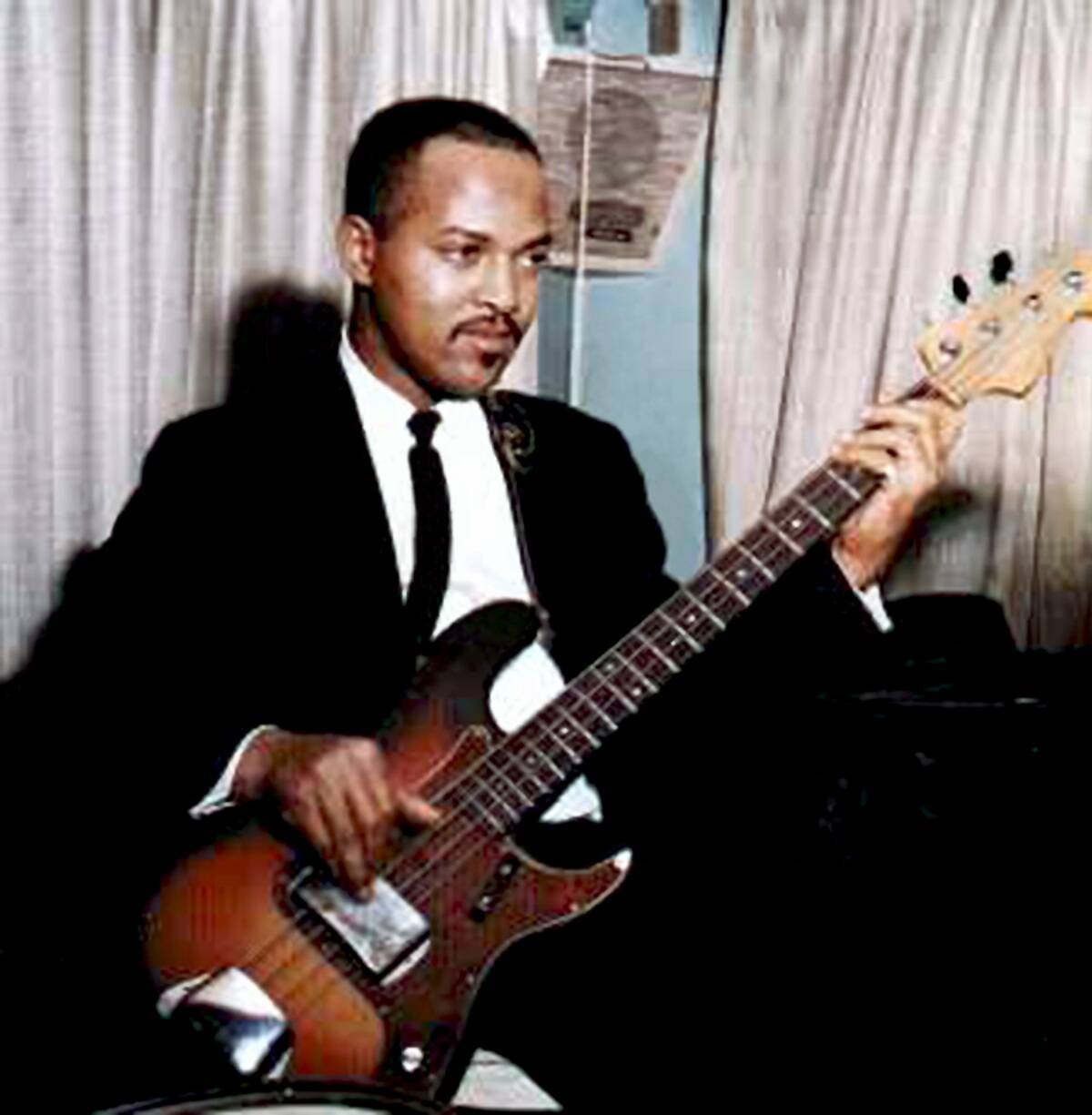
James Jamerson was the genius behind the Motown sound, crafting bass lines that were both intricate and soulful. His work on tracks like “My Girl” by The Temptations showcased his ability to blend technical proficiency with raw emotion.
Jamerson’s style was characterized by his innovative use of syncopation and melodic phrasing, setting a new standard for bass playing. His contributions helped define Motown as a dominant force in the music industry.
Carol Kaye: Breaking Barriers and Laying Down Grooves
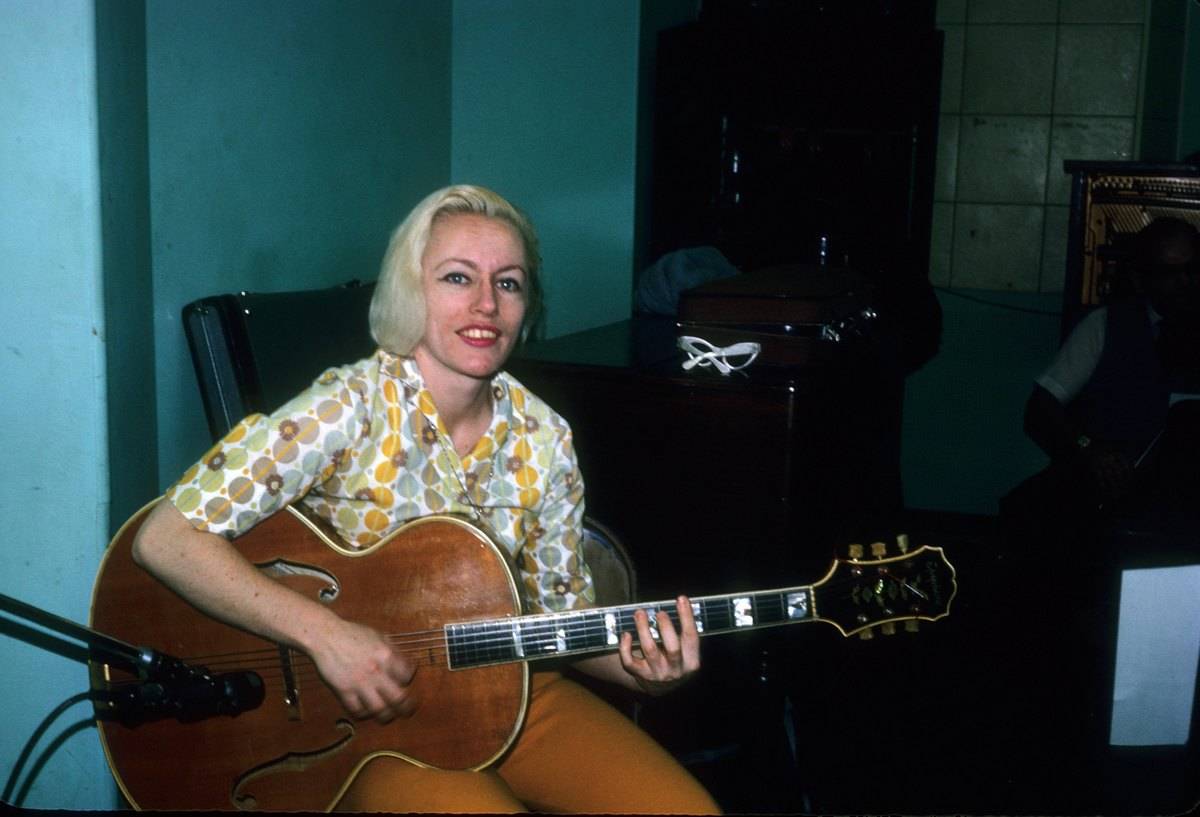
Carol Kaye was a trailblazer, being one of the few female bassists in a male-dominated industry. Her impeccable timing and creativity earned her a spot among the elite session musicians of the era.
Kaye played on over 10,000 recordings, including hits like “Good Vibrations” by The Beach Boys. Her ability to craft memorable bass lines helped her break barriers, inspiring future generations of female musicians to pursue careers in the music industry.
Chuck Rainey: The Go-To Bassist for ’70s Legends
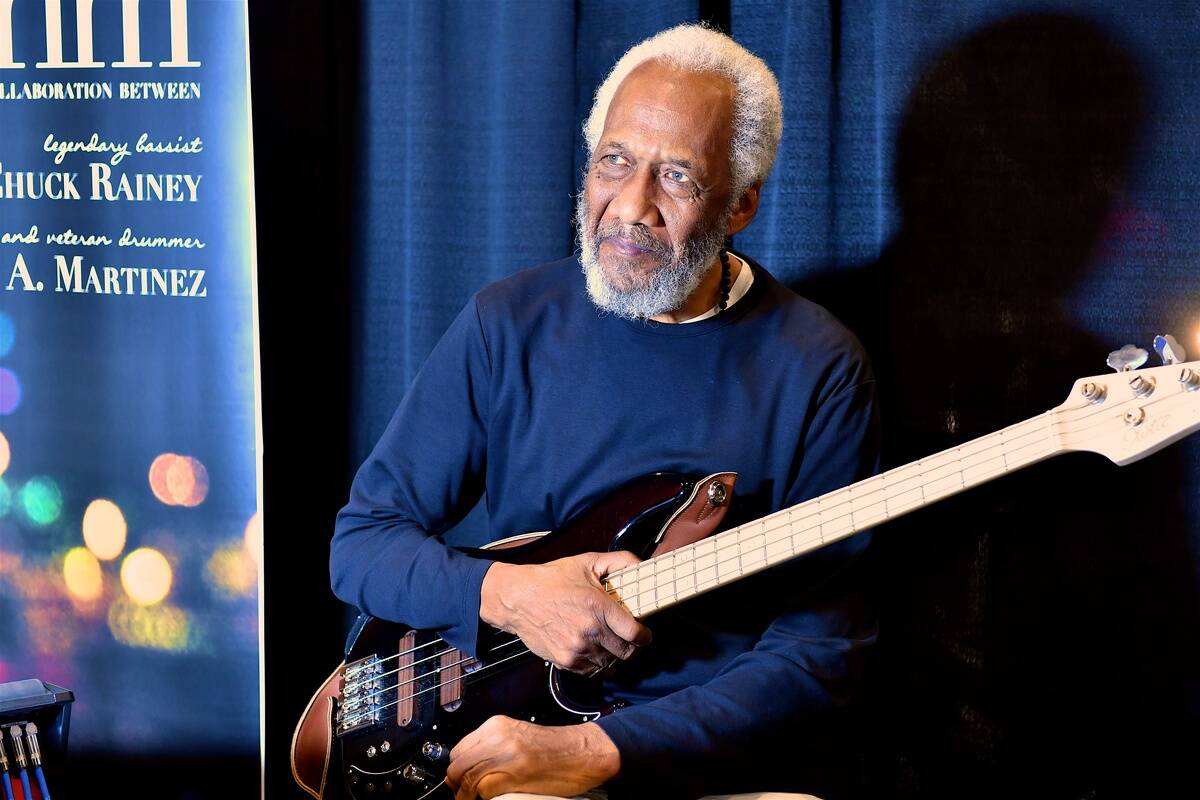
Chuck Rainey’s bass playing was a staple on many ’70s tracks, working with legends like Steely Dan and Aretha Franklin. His fluid style and versatility made him a sought-after musician for studio sessions.
Rainey’s work on Steely Dan’s “Peg” is a testament to his ability to blend jazz influences with rock and pop sensibilities. His contributions to the music of the ’70s helped shape the era’s sound, leaving a lasting legacy on the industry.
Joe Osborn: The Backbone of the Wrecking Crew
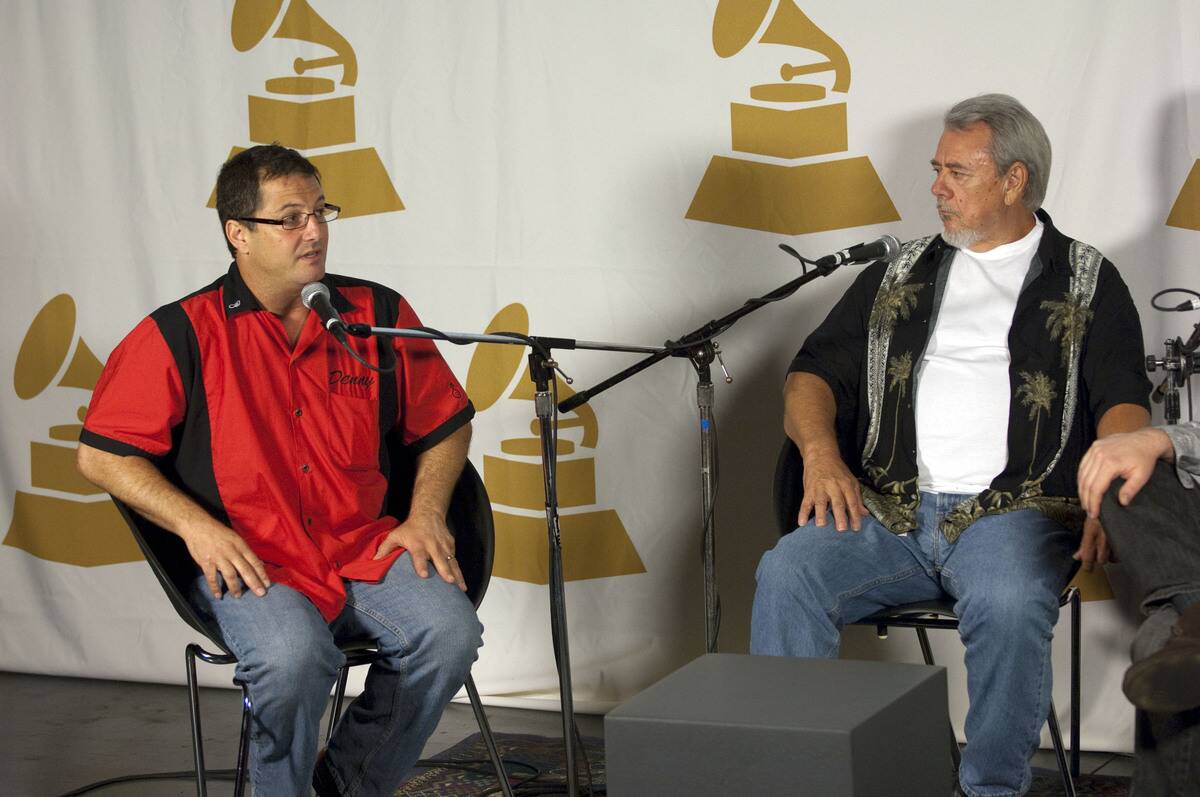
Joe Osborn was a key member of the Wrecking Crew, a group of session musicians that backed countless ’60s and ’70s hits. Known for his distinctive pick style, Osborn played on classics like “California Dreamin'” by The Mamas and the Papas.
His precise and innovative bass lines were instrumental in crafting the sound of many famous tracks. Osborn’s work remains influential, as his contributions continue to inspire bassists across genres.
Lee Sklar: The Beard Behind the Bass Lines
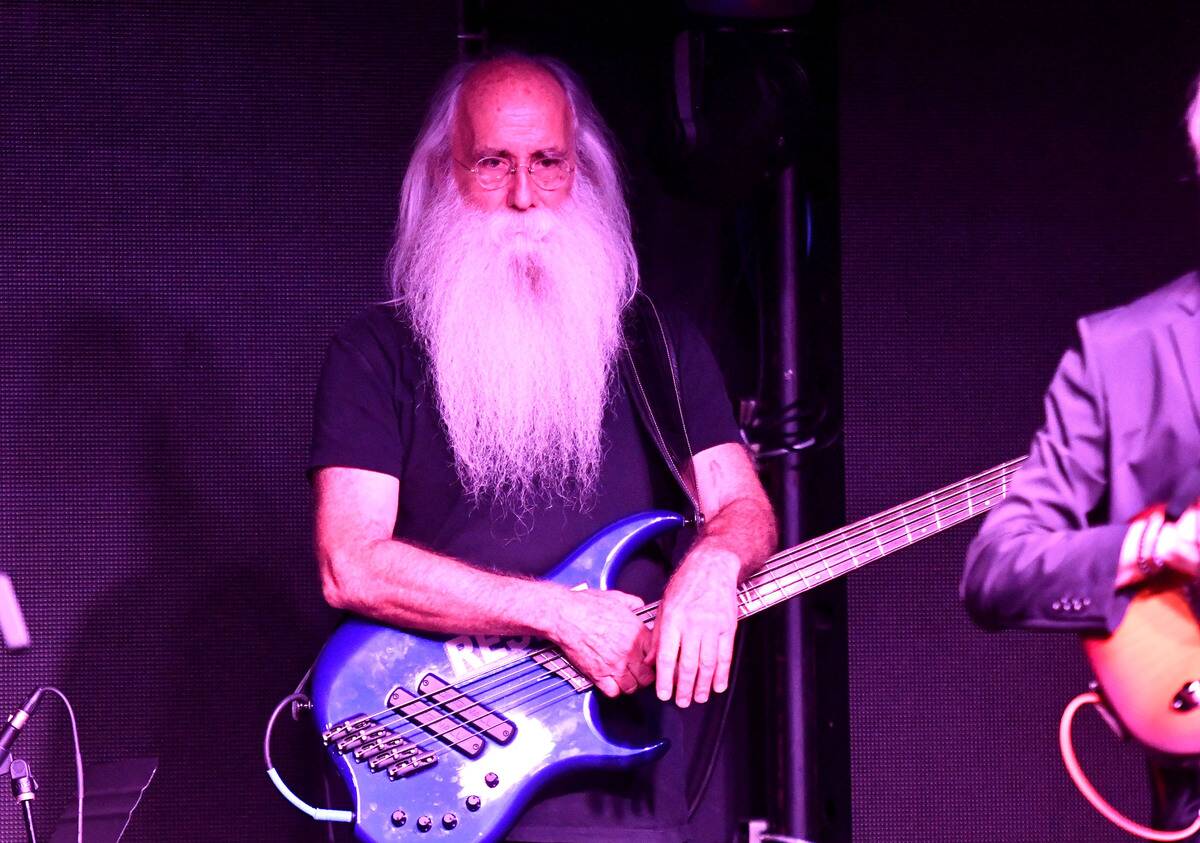
Lee Sklar’s signature beard is as iconic as his bass playing. A prolific session musician, Sklar has played on over 2,000 albums, collaborating with artists like James Taylor and Phil Collins. His ability to interpret and enhance a song’s groove made him a favorite among producers and musicians alike.
Sklar’s influence extends beyond his playing, as his approachable personality and dedication to his craft have made him a beloved figure in the music industry.
Bob Babbitt: From Detroit to Disco
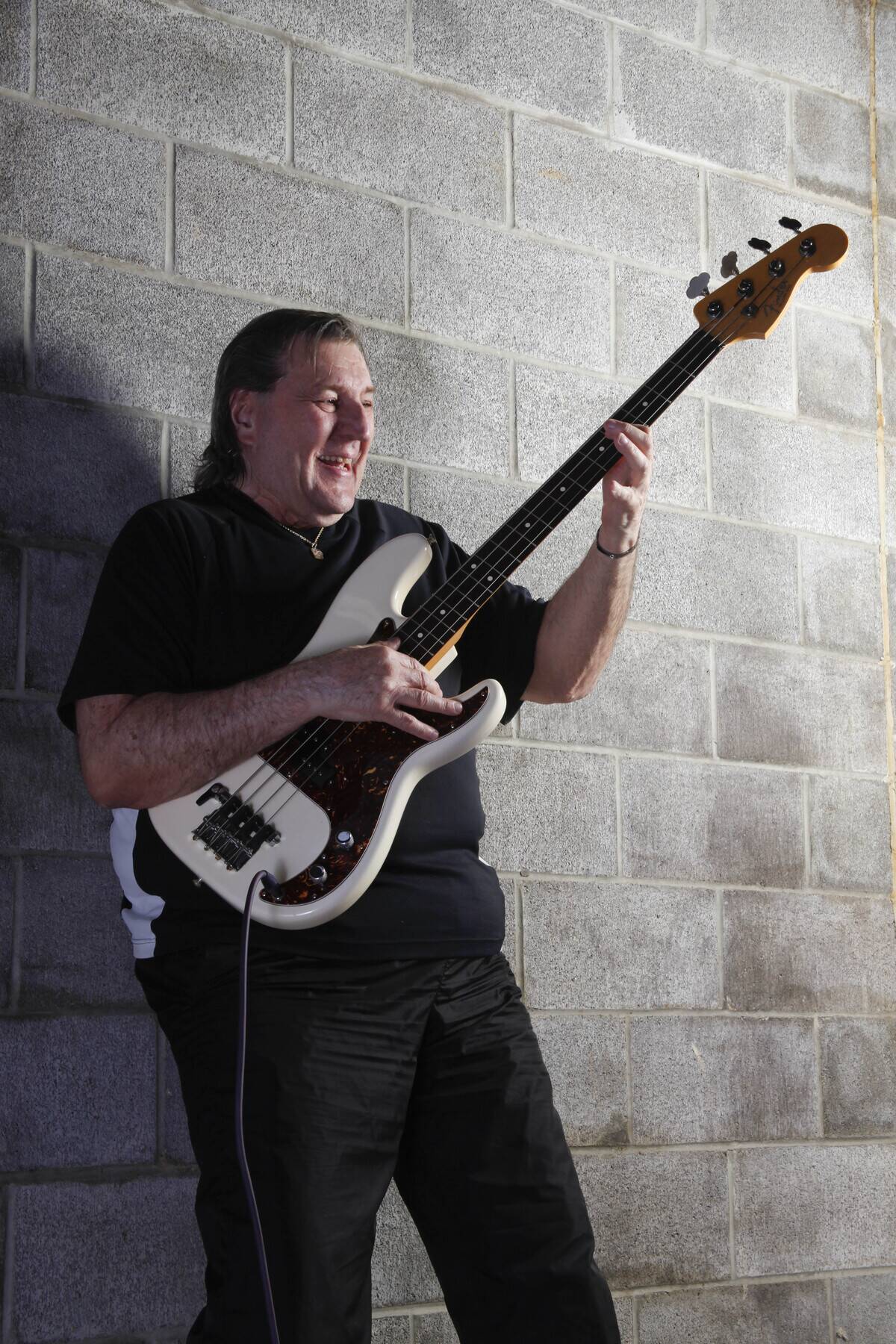
Bob Babbitt’s bass grooves powered some of the biggest hits of the ’70s, from the soulful sounds of Detroit to the dance floors of disco. As part of Motown’s legendary Funk Brothers, Babbitt played on tracks like Marvin Gaye’s “Mercy Mercy Me.”
His transition to disco saw him contributing to hits like Gloria Gaynor’s “Never Can Say Goodbye.” Babbitt’s versatility and talent made him a key figure in the evolving sound of the decade.
Willie Weeks: A Master of Funk and Soul
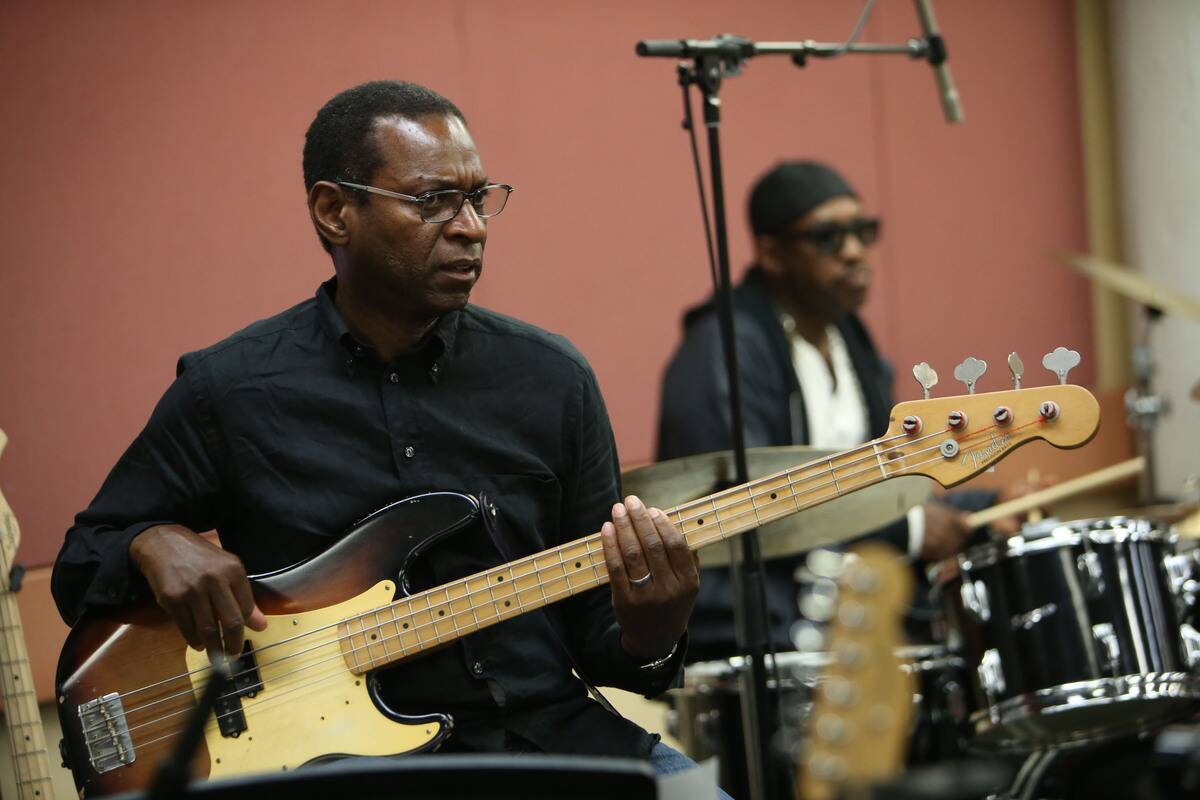
Willie Weeks is celebrated for his exceptional ability to blend funk and soul, creating bass lines that are both intricate and infectious. Known for his work with artists like Donny Hathaway and George Harrison, Weeks’ playing is characterized by a deep groove and melodic sensibility.
His live performance on “Donny Hathaway’s Live” is often cited as one of the greatest bass solos. Weeks’ contributions have left an indelible mark on the world of funk and soul music.
David Hood: The Muscle Shoals Sound
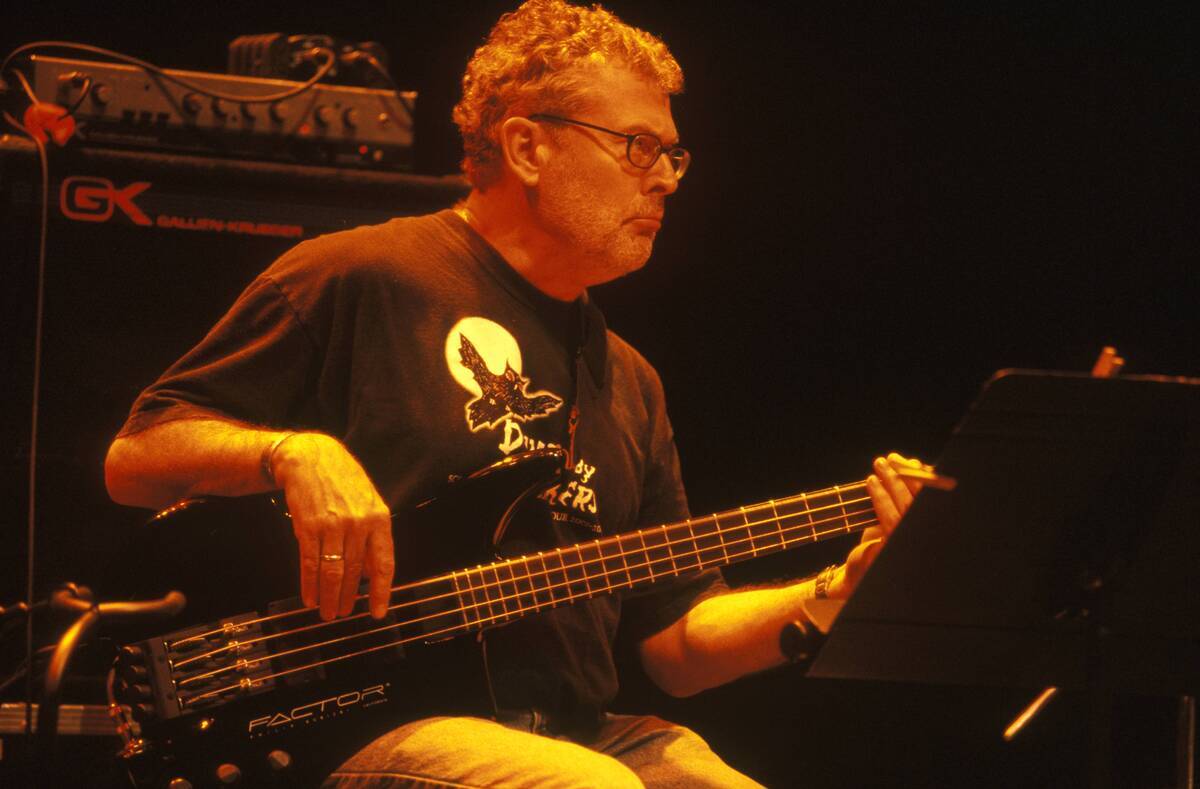
David Hood was a cornerstone of the Muscle Shoals Rhythm Section, known for crafting the distinctive Muscle Shoals sound. His bass lines graced tracks by artists like Aretha Franklin and Paul Simon, adding a soulful depth to their music.
Hood’s ability to seamlessly blend into various musical styles made him a highly sought-after session musician. His work continues to inspire musicians, as the Muscle Shoals sound remains a significant influence in modern music.
Klaus Voormann: From Beatles to Basslines
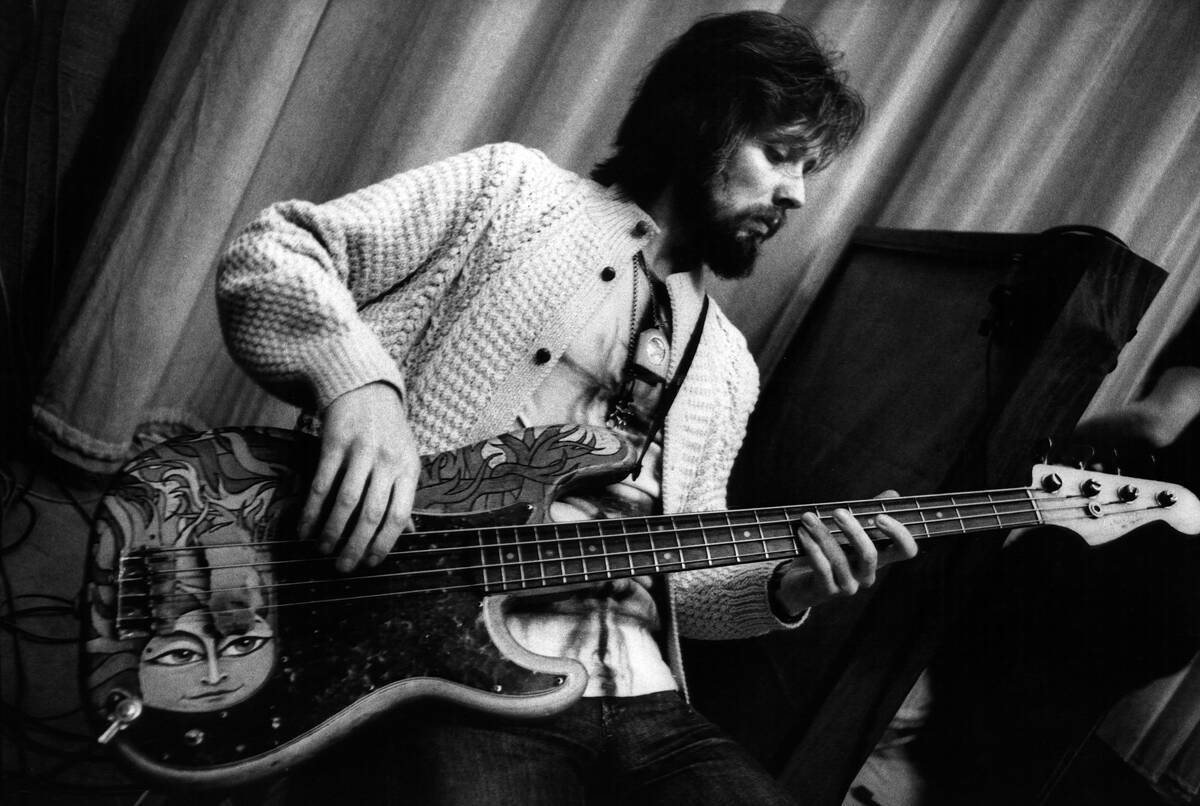
Klaus Voormann’s journey from being a close friend of The Beatles to a renowned bassist is nothing short of remarkable. He played bass on hits like “You’re So Vain” by Carly Simon and was part of John Lennon’s Plastic Ono Band.
Voormann’s artistic sensibility and musical talent allowed him to contribute to the success of many projects. His work as a bassist, coupled with his artistic contributions, has cemented his place in music history.
Donald “Duck” Dunn: The Stax Records Staple
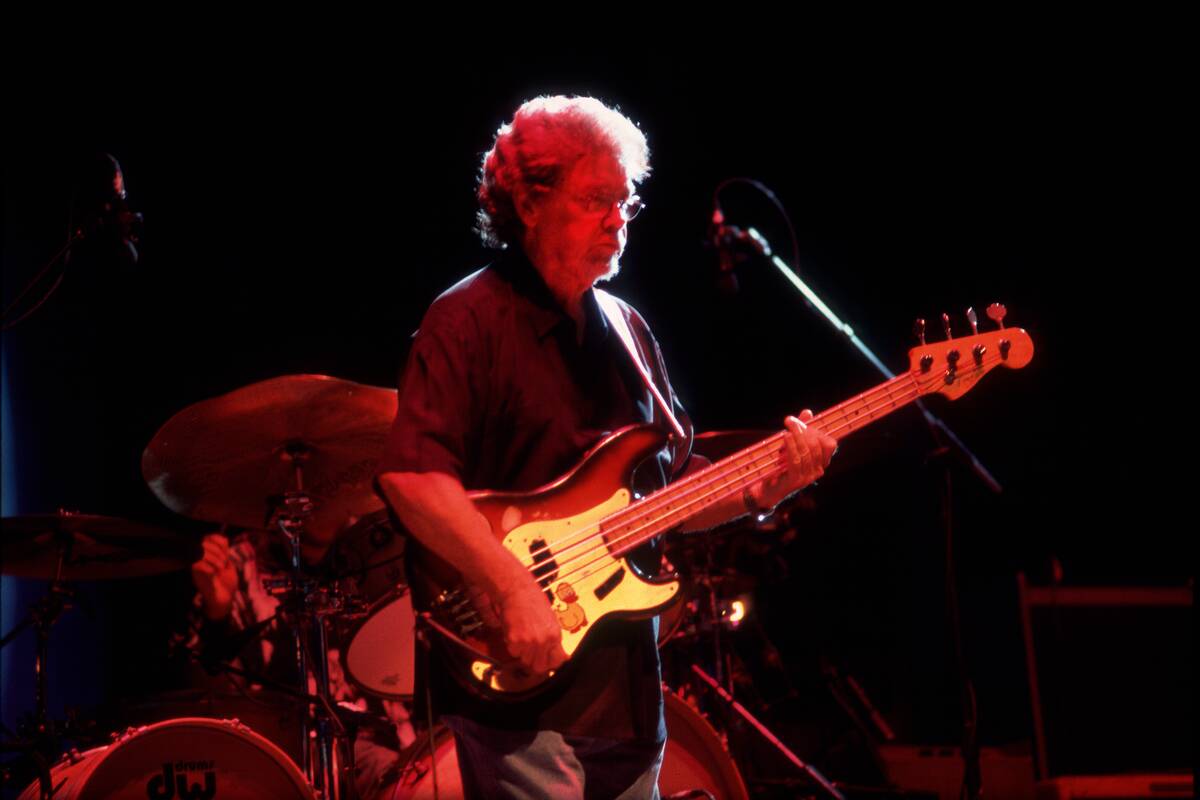
Donald “Duck” Dunn was a pivotal figure at Stax Records, providing the bass grooves for countless soul classics. As part of Booker T. & the M.G.’s, Dunn played on hits like “Green Onions” and Otis Redding’s “Sittin’ On The Dock of the Bay.”
His simple yet effective bass lines were the heartbeat of the Stax sound. Dunn’s contributions to soul music have made him an enduring icon, influencing countless bassists who followed in his footsteps.
Anthony Jackson: Inventing the Six-String Bass

Anthony Jackson is credited with revolutionizing the bass guitar by inventing the six-string bass. His innovation expanded the instrument’s range, allowing for greater musical expression.
Jackson’s work with artists like Chaka Khan and Steely Dan showcases his exceptional skill and creativity. His invention and playing style have inspired a new generation of bassists, who continue to explore the possibilities of the six-string bass in various musical contexts.
Nathan East: Bridging the Gap Between Genres
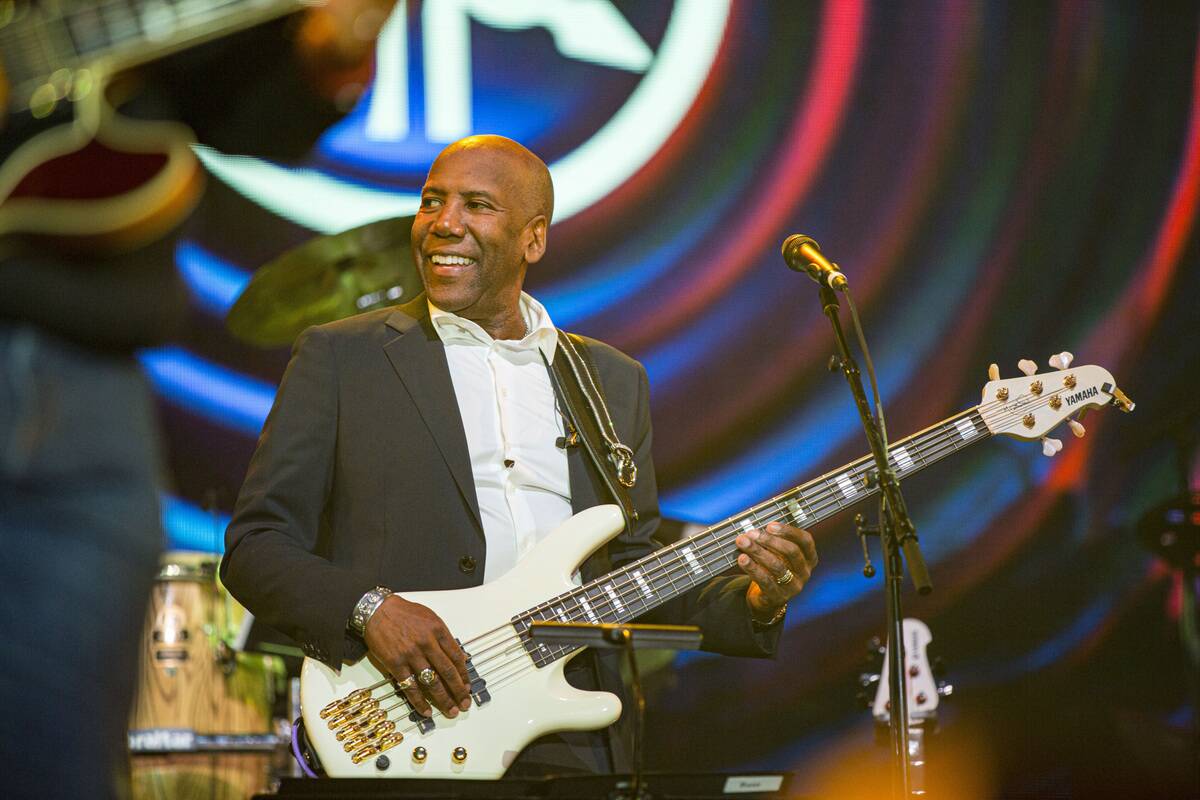
Nathan East is renowned for his ability to seamlessly bridge the gap between genres, playing with a diverse array of artists from Eric Clapton to Daft Punk. His smooth style and impeccable technique have made him one of the most sought-after bassists in the industry.
East’s contributions to hits like “Get Lucky” demonstrate his ability to adapt and innovate, ensuring his place as a versatile and influential musician in the ever-evolving world of music.
The Impact of ’70s Bass Players on Modern Music
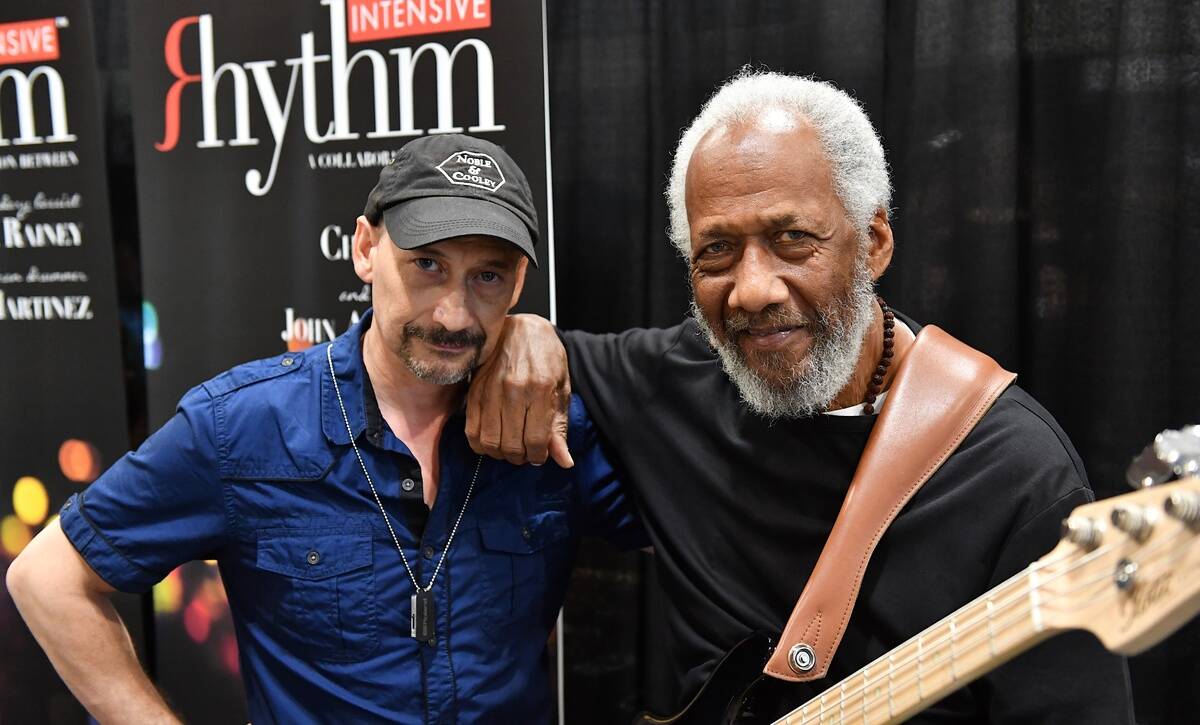
The bass players of the ’70s laid the groundwork for the sounds that define modern music. Their innovative techniques and memorable grooves continue to influence today’s artists across genres.
From hip-hop to indie rock, the legacy of these musicians is evident in the music we hear today. Bassists continue to draw inspiration from the ’70s, ensuring that the pioneering spirit of that era lives on in contemporary music.
How These Bassists Influenced the Sound of a Generation

The bassists of the ’70s were more than just musicians; they were architects of a sound that defined a generation. Their ability to blend genres and create unforgettable grooves helped shape the musical landscape of the era.
Whether through innovation or sheer talent, these bass players left an indelible mark on the world of music. Their influence continues to resonate, inspiring new generations of musicians to explore and expand the possibilities of the bass guitar.



